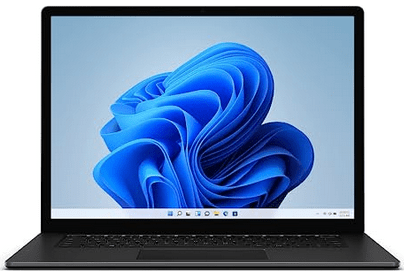Google’s newest smartphones are finally here, and like a ton of other Pixel Fans, I bought one and upgraded from my Pixel 6 and 6a. With that said, upgrading isn’t for everyone, but personally I had to see for myself what Google had in store for this year’s Pixel phones. Maybe you’re still on the fence about whether or not the Pixel 7 is right for you, in which case you might want to take note of some factors that you should consider – let’s check them out.
Fine Design
Pixel 7 has a new design, but it feels familiar. With Gorilla Glass panels covering the front and back of the phone, along with the iconic camera window and an aluminum frame wrapping around its sides, this Pixel 7 retains the rectangular shape it had in the past. With that said, there are some differences this year – the screen now comes in at a slightly smaller 6.3 inches, although it retains the AMOLED technology on its predecessor.
The frame now comes in more colors, and seamlessly melts into the camera window, which is now more of a camera “bar” due to the solid aluminum block that goes around the camera. The Gorilla Glass panel on the back now gets upgraded to a Victus panel – and this entire design is surprisingly lighter than the Pixel 6, which combined with the slightly smaller screen, makes for a more compact and easily-handled smartphone.
Camera Performance
![]()
The amazing cameras of Pixels have been a hallmark of the brand, and so is this year’s. The hardware is familiar, with a 50MP primary and 12MP ultra-wide combination on the back. However there are new features to enjoy.
The front-facing camera has been updated to an ultra wide lens. You can now fit in more people for selfies and video chats. There are also new improvements in terms of camera software – Night Sight photos now take a lot faster to process, meaning you won’t have to wait for the phone to finish processing your low-light shot unlike on earlier Pixels. There’s also the addition of Cinematic Mode for videos, which essentially adds portrait mode to your video clips.
The Smarter Tensor
![]()
A quick search online should show you that the Google Tensor G2 – the chipset found inside the Pixel 7 – doesn’t offer tremendous amounts of power over its predecessor, and instead focuses on smarter AI capabilities and machine learning. That’s not to say that the performance on the G2 is anything to scoff at though, as it is still a flagship chip capable of offering smooth day-to-day usage, as well as running graphically intensive games.
But going back to the “AI” bit earlier, I’ve seen some improvements when it comes to the built-in “smart” features on the phone. Functions like voice detection and speech-to-text for example are better than ever, and it’s this kind of functionality that makes the Pixel such a unique smartphone in its own right.
Consistent Pricing
![]()
One pleasant surprise that the Pixel 7 comes with is that it retains the same pricing as last year’s Pixel 6, coming in at $599. The Pixel 7 is much more affordable than flagships from 2022 like the iPhone 14 (which costs $599). Samsung Galaxy For example, S22. This sub thousand-dollar pricing has always been one of the most appealing traits of Google’s flagship devices, and it’s great to see the trend continue on the Pixel 7.
Last Thoughts
The Pixel 7 has been a good choice so far, at least in terms of my smartphone usage and needs. Of course, it’s going to be a different scenario for everyone, but for the most part the Pixel 7 manages to bring over what made its predecessors so great – and it’s going to be exciting seeing how this phone fares in the long run.


